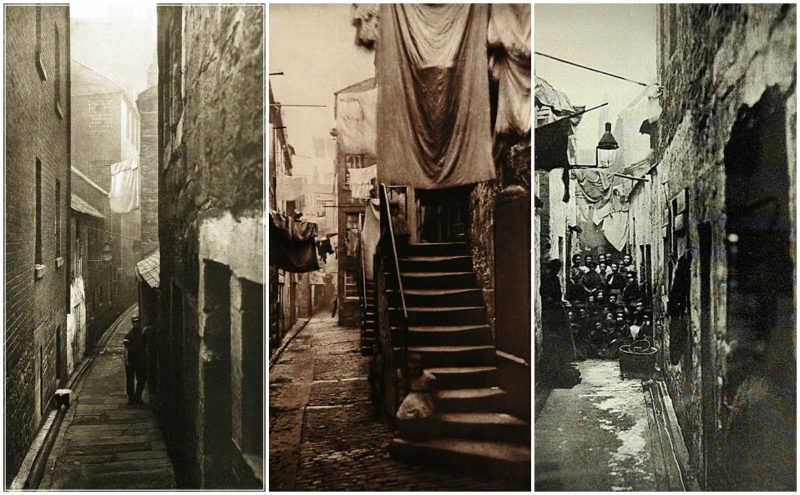The area around Glasgow has hosted communities for millennia, with the River Clyde providing a natural location for fishing. The Romans later built outposts in the area and, to keep Roman Britannia separate from the Celtic and Pictish Caledonia, constructed theAntonine Wall, remains of which can still be seen in Glasgow today.
Glasgow itself was founded by the Christian missionary Saint Mungo in the 6th century. He established a church on the Molendinar Burn, where the present Glasgow Cathedral stands, and in the following years, Glasgow became a religious centre.
The bishopric became one of the largest and wealthiest in the Kingdom of Scotland, bringing wealth and status to the town. Between 1175 and 1178 this position was strengthened even further when Bishop Jocelin obtained for the episcopal settlement the status of Burgh from King William I of Scotland, allowing the settlement to expand with the benefits of trading monopolies and other legal guarantees. Sometime between 1189 and 1195 this status was supplemented by an annual fair, which survives as the Glasgow Fair.Glasgow grew over the following centuries, the first bridge over the River Clyde at Glasgow was recorded from around 1285, giving its name to the Briggait area of the city, forming the main North-South route over the river viaGlasgow Cross. The founding of the University of Glasgow in 1451 and elevation of the bishopric to become the Archdiocese of Glasgow in 1492 served to increase the town’s religious and educational status and landed wealth. Its early trade was in agriculture, brewing and fishing, with cured salmon and herring being exported to Europe and the Mediterranean.
This amazing vintage collection was created between 1868 and 1871 as a part of a commission from the City of Glasgow Improvements Trust, by the photographer Thomas Annan. Take a look:
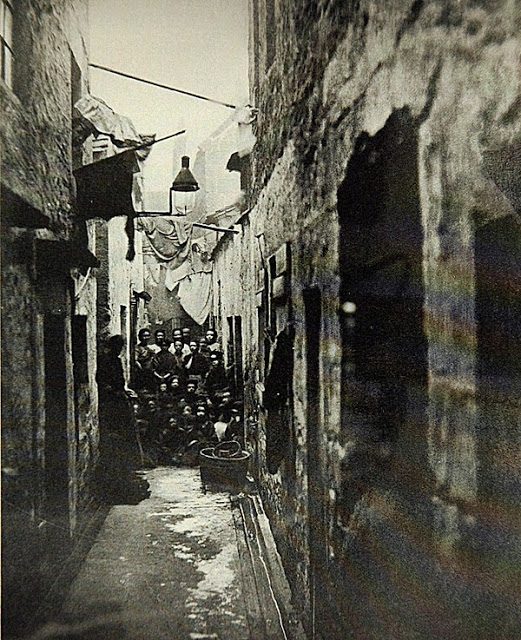
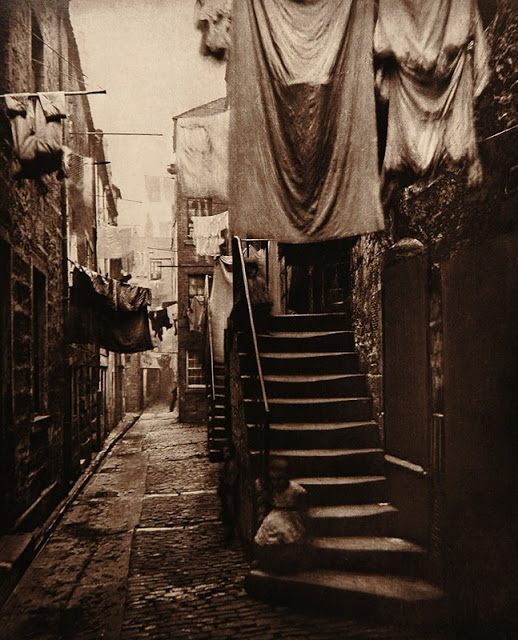
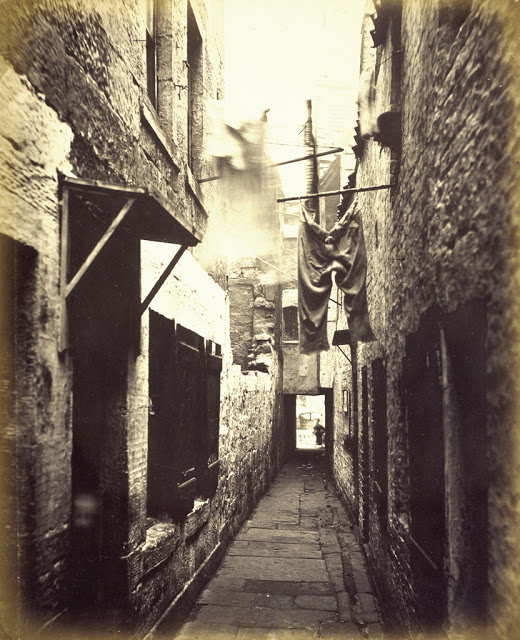
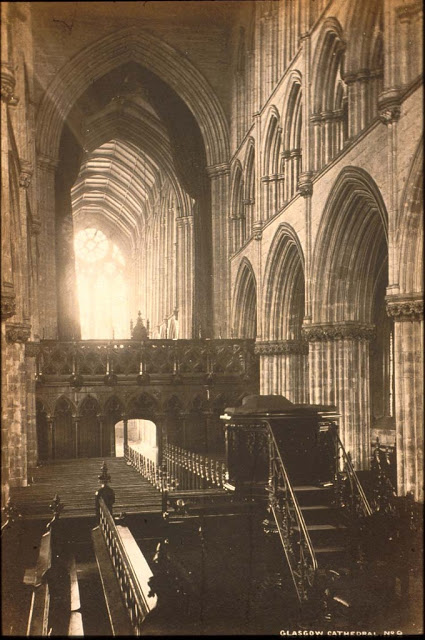
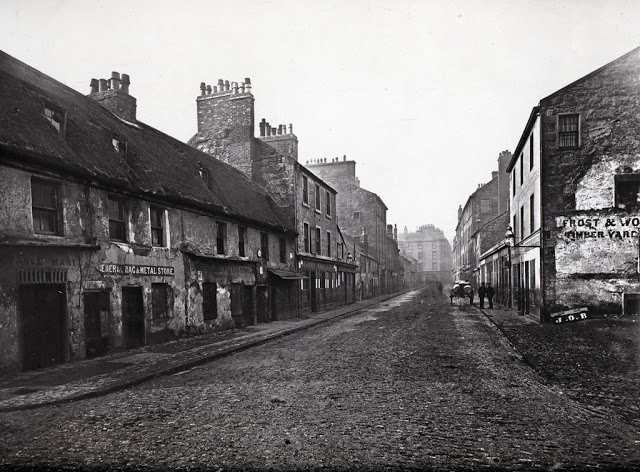
Following the Reformation and with the encouragement of the Convention of Royal Burghs the 14 Incorporated Trade Crafts federated as the Trades House in 1605 to match the power and influence in the Town Council of the earlier Merchants Guilds who established their Merchants House in the same year. Glasgow was subsequently raised to the status of Royal Burgh in 1611. Glasgow’s substantial fortunes came from international trade, manufacturing and invention starting in the 17th century with sugar, followed by tobacco, and then cotton and linen.
Daniel Defoe visited the city in the early 18th century and famously opined in his book A tour thro’ the Whole Island of Great Britain, that Glasgow was “the cleanest and beautifullest, and best-built city in Britain, London excepted.” At that time, the city’s population numbered about 12000 and was yet to undergo the massive expansionary changes to the city’s economy and urban fabric, brought about by the influences of the Scottish Enlightenment and Industrial Revolution.
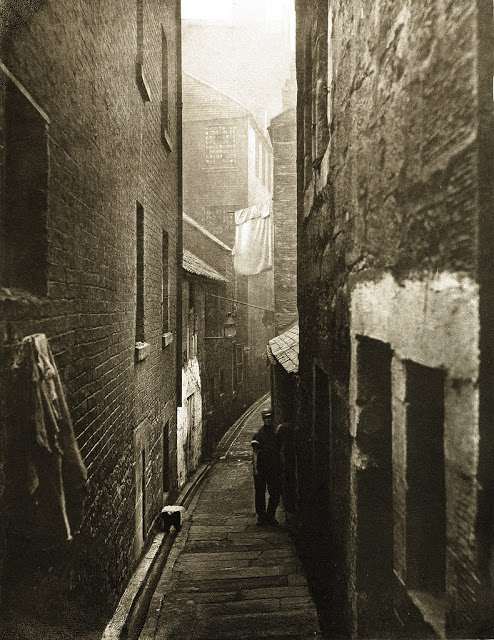
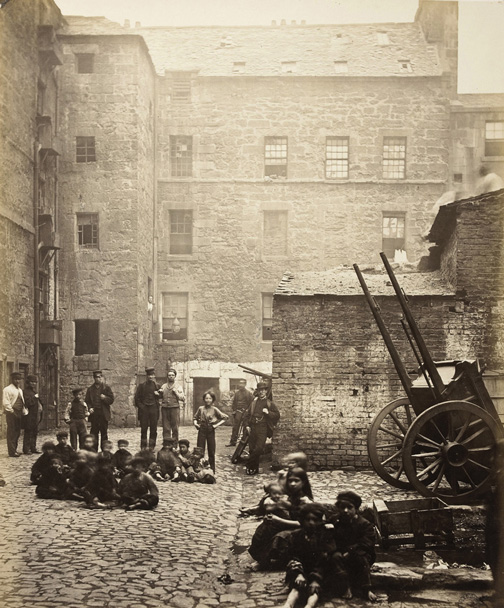
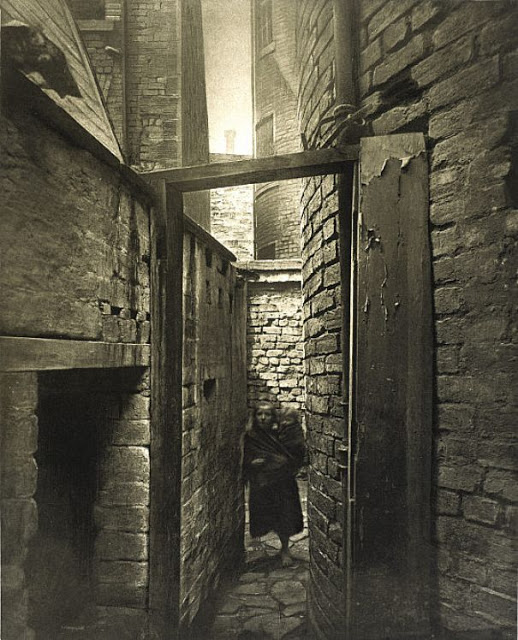
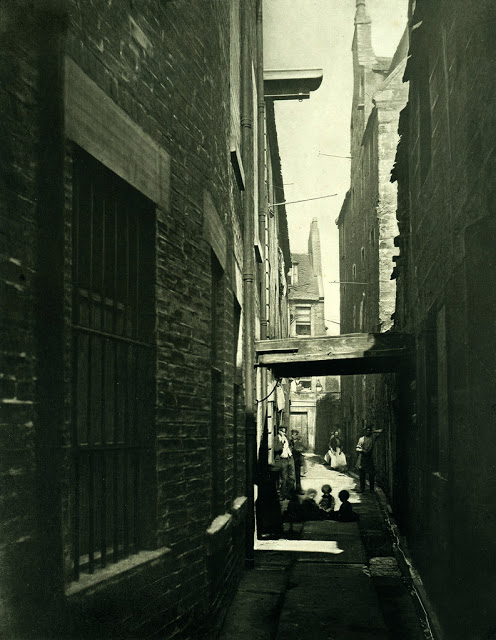
After the Acts of Union in 1707, Scotland gained further access to the vast markets of the new British Empire, and Glasgow became prominent as a hub of international trade to and from the Americas, especially in sugar, tobacco, cotton, and manufactured goods. The city’s Tobacco Lords created a deep water port at Port Glasgow on the Firth of Clyde, as the river within the city itself was then too shallow. By the late 18th century more than half of the British tobacco trade was concentrated on Glasgow’s River Clyde, with over 47,000,000 lb (21,000 t) of tobacco being imported each year at its peak.
